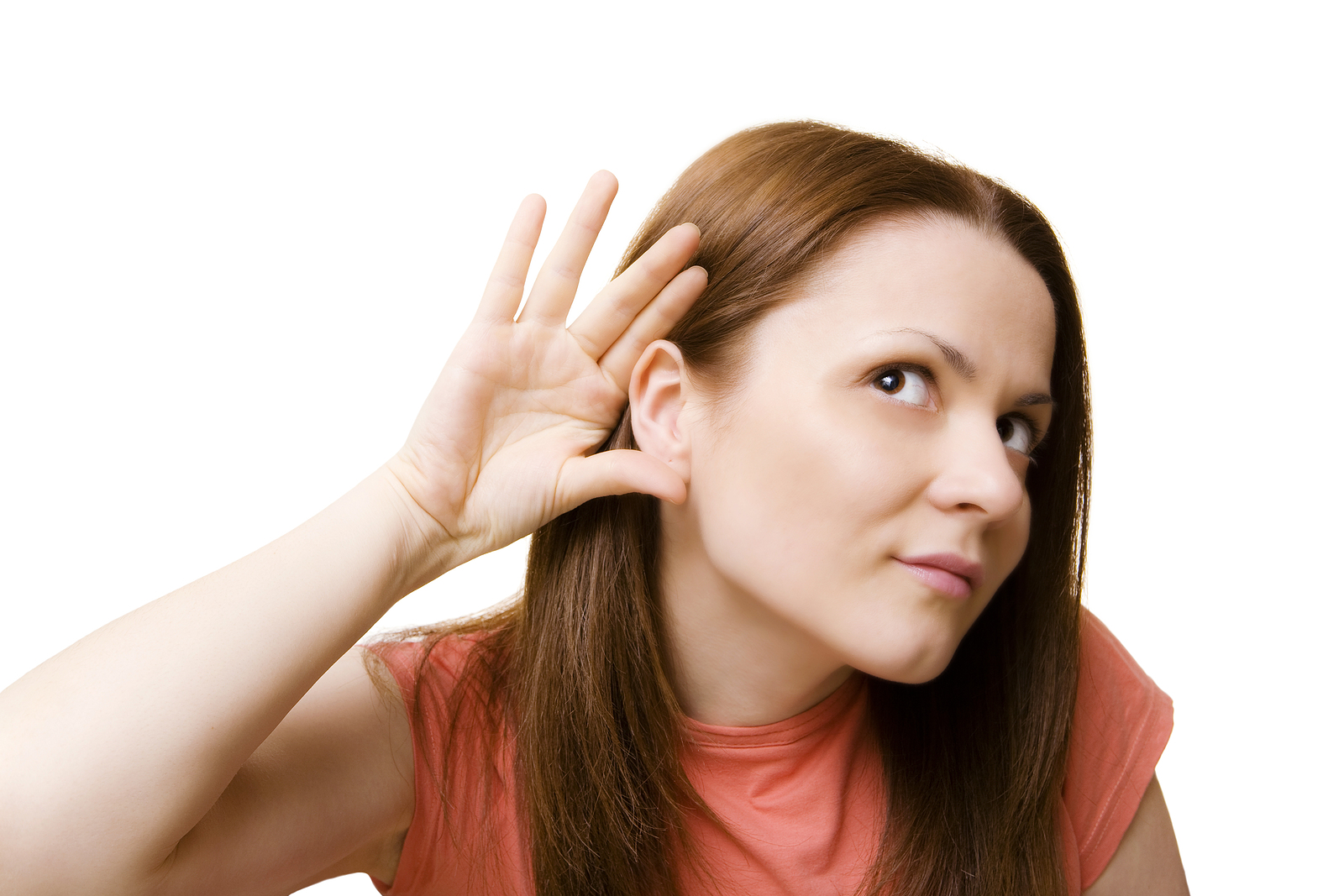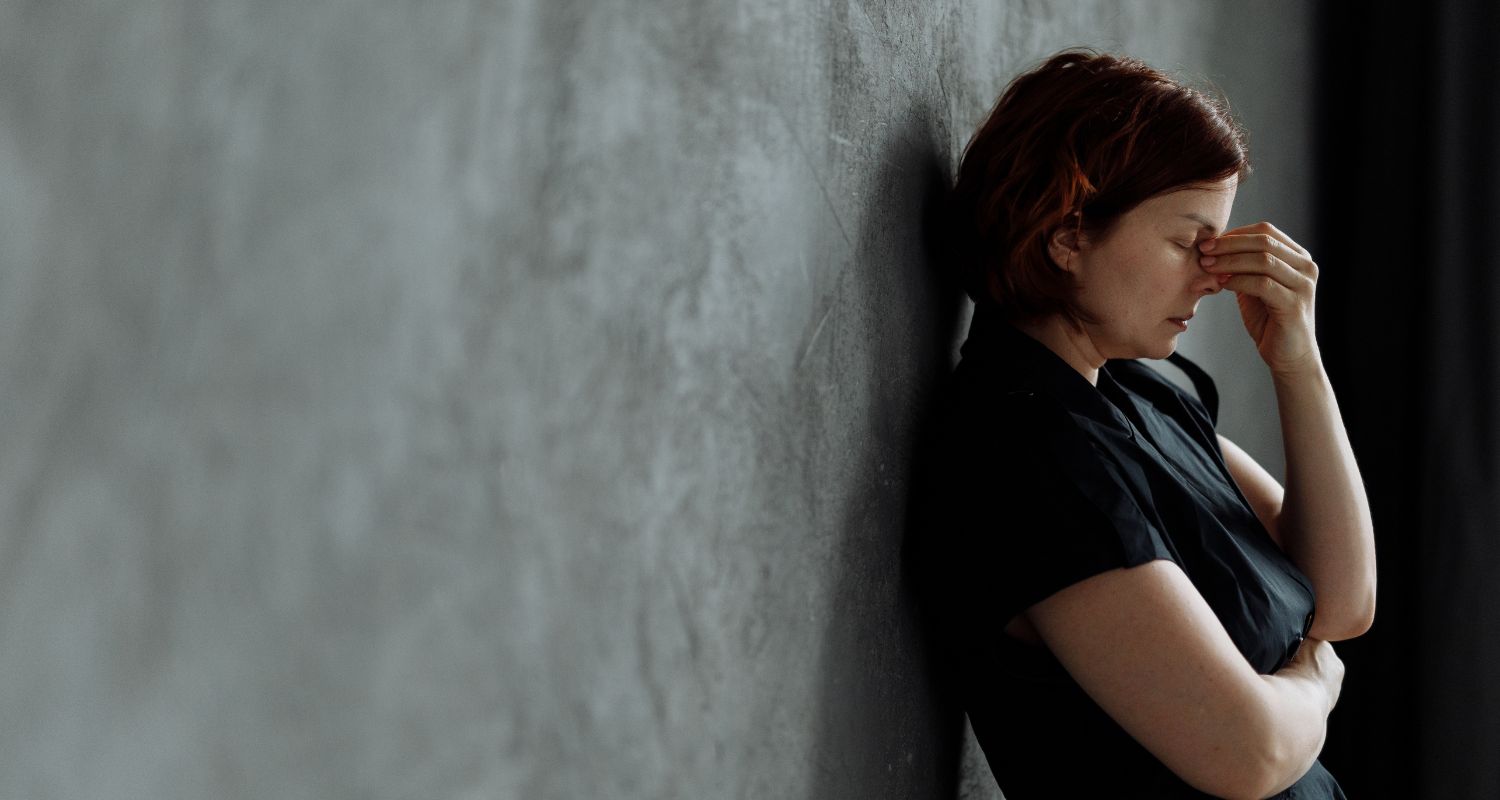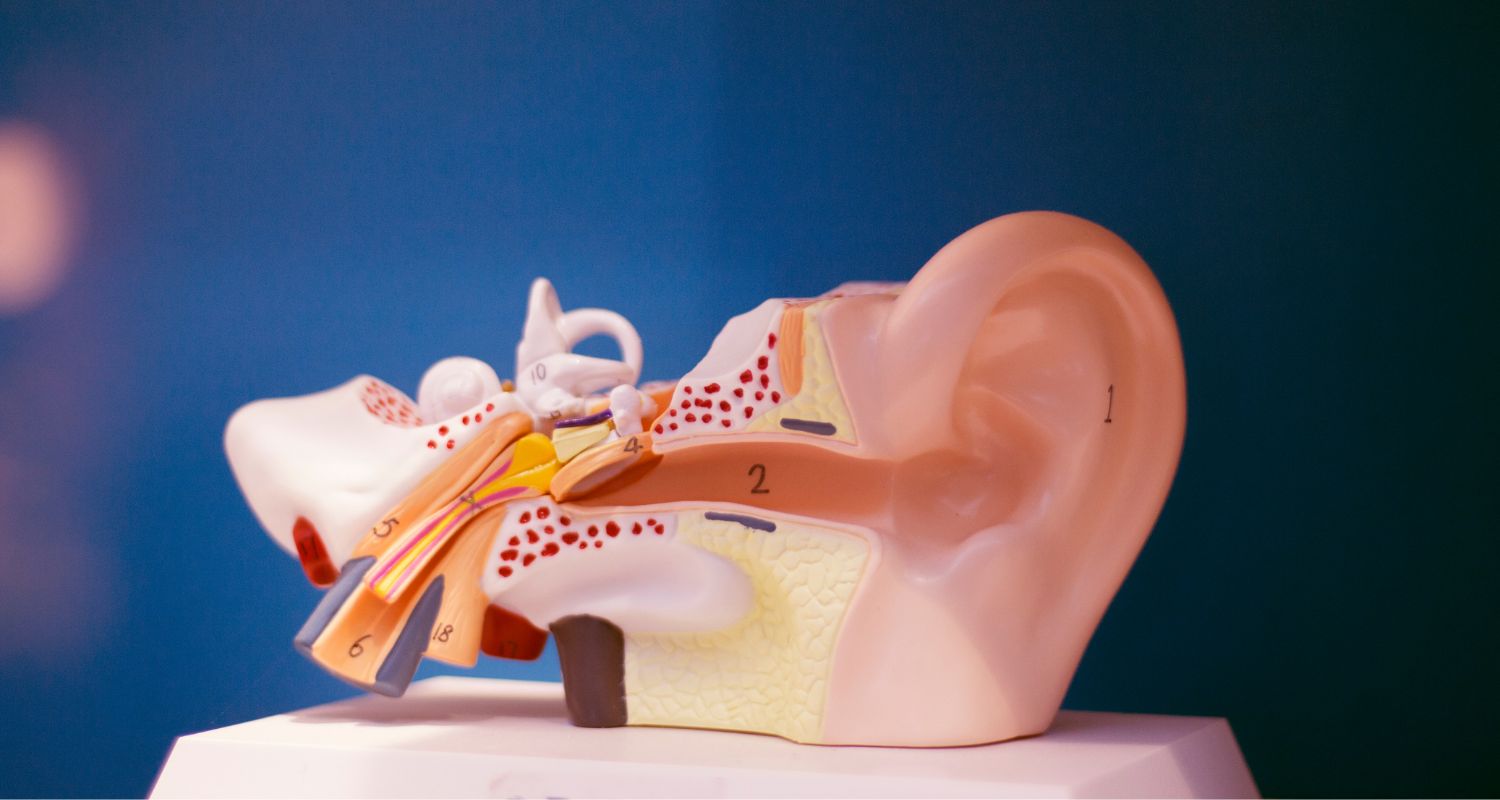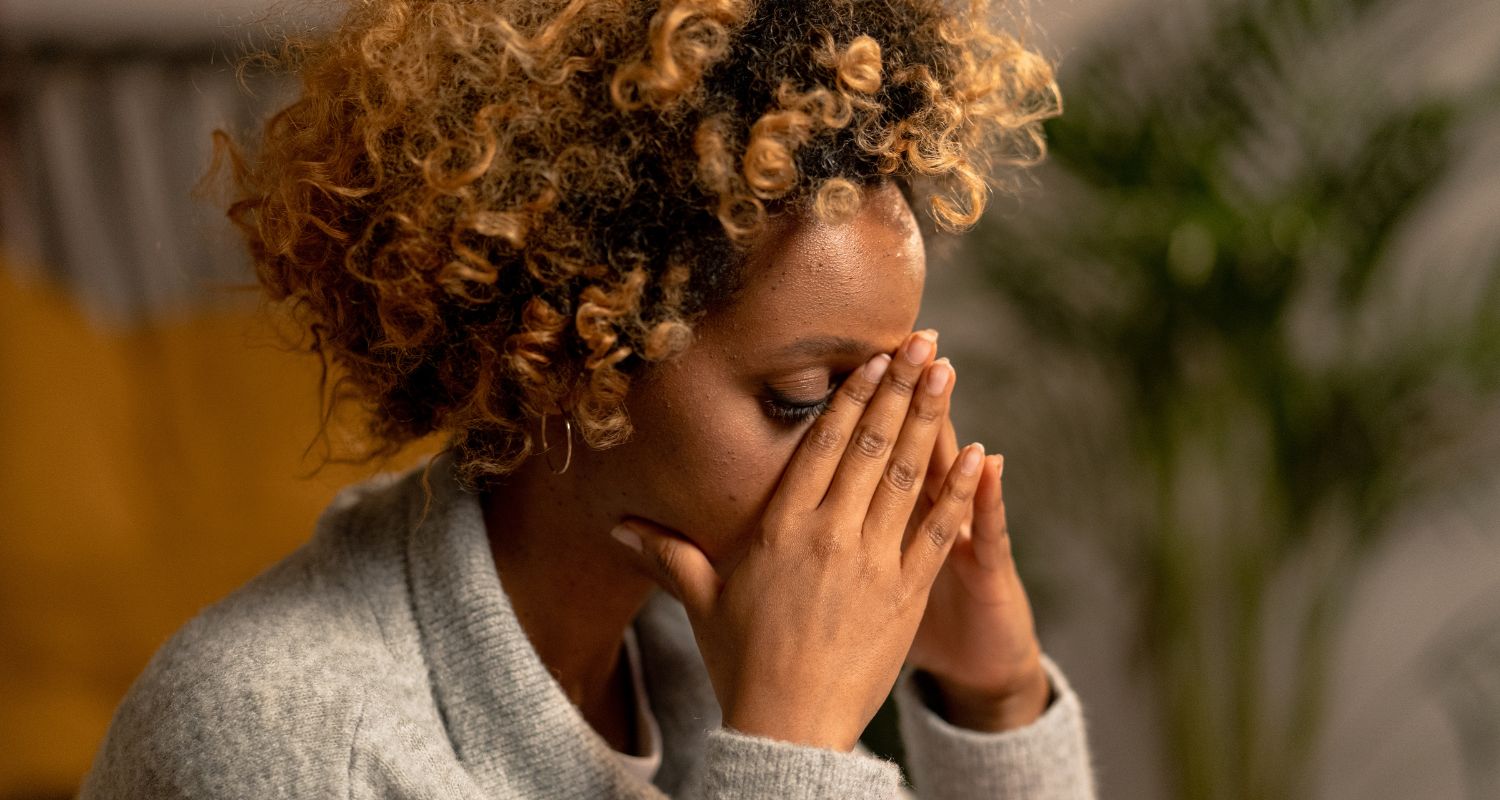How Do We Keep Our Sense of Balance?
Balance is what keeps us from falling over. It allows us to perform movements and safely move through space with spatial awareness. The body’s balance system involves an ongoing process of communicating movement and position through a series of signals from the inner ear to the brain. The vestibular system which is the sensory system responsible for maintaining balance is housed in the inner ear.
There is a range of issues people can experience with their vestibular system which produces balance issues. According to the National Institute on Deafness and Other Communication Disorders, about 40% of people in the U.S. will experience dizziness and/or balance-related challenges during their lifetime. Additionally, an estimated 15% of adults have a balance disorder.
How does the vestibular system work?
The vestibular system is in the inner ear and consists of three semicircular canals and the otolith organs. Together with sensory cells that act as receptors, this system is always providing information to the brain about movement and position. Each semicircular canal is positioned differently to detect specific movements:
- First canal: senses up and down motions
- Second canal: senses side-to-side movements
- Third canal: senses tilting movements
These canals are filled with fluid and tiny sensory cells that are activated by movements. This stimulation sends messages, through the vestibulocochlear nerve, about head motions and movements. The otolith organs (the saccule and utricle) send messages to the brain about the body’s position – standing up or sitting down, forward or backward movements. These organs contain tiny crystals in them which move in relation to movement and this activates the sensory cells in the ear.
The vestibular system can be impacted by a range of factors that disrupts this communication loop that maintains balance. Balance disorders can be caused by damage to the vestibular system that produces various symptoms that can strain balance.
What are common balance disorders?
There are over a dozen balance disorders including the following:
- Meniere’s Disease: an exact cause of this inner ear disorder is unknown. It occurs as a result of an accumulation of fluid in the inner ear which produces inflammation. Experts suggest that it may be caused by viral infections, constricted blood vessels, or autoimmune conditions.
- Benign Paroxysmal Positional Vertigo (BPPV): this specific type of vertigo is triggered by changes in head position. BPPV occurs when the tiny crystals in the otolith organs become dislodged by head movements. This enables them to enter the semicircular canals, affecting the brain and receiving information about the movement. BPPV can be caused by head and neck injuries as well as aging.
-
- Vestibular Neuritis: the vestibular nerve is the pathway that carries information about motion and balance to the brain. Vestibular neuritis occurs when the nerve experiences inflammation which can be caused by a viral infection.
- Labyrinthitis: this type of infection occurs in the inner ear (in the vestibular labyrinth), causing inflammation. Labyrinthitis is typically caused by an upper respiratory infection like the flu.
These balance disorders and infections in the inner ear result in various symptoms that affect physical stability and wellness.
What are the symptoms of a balance disorder?
Symptoms can vary and are informed by the underlying condition. But common symptoms of balance disorders include the following:
- Dizziness, vertigo
- Lightheadedness, feeling faint
- Falls, feeling like you are going to fall
- Disorientation, unsteadiness
- Headaches, migraines
- Blurred vision
- Nausea, vomiting
These symptoms can quickly come and go or be longer lasting. Symptoms can take a toll on the ability to concentrate, navigate spaces safely, and overall wellness.
How are balance disorders treated?
Balance disorders are diagnosed by an ear specialist, like an ENT (ear, nose, throat) doctor. The goal is to identify the underlying cause which informs treatment options. Treatment can include:
- Medications: your doctor may prescribe antibiotics to clear vestibular neuritis or labyrinthitis. Additional medications could be prescribed to alleviate symptoms like dizziness and nausea caused by inner ear disorders (Meniere’s disease for example).
- Vestibular Rehabilitation Therapy (VRT): this type of specialized therapy involves performing specific exercises that work on gaze stabilization and balance without triggering vertigo.
- Canalith repositioning: this treatment is used to address BPPV and involves putting the patient’s head in specific positions to reposition the dislodged crystals in the inner ear.
If you experience any balance issues, contact us to be evaluated and learn more about treatment options!







Leave A Comment